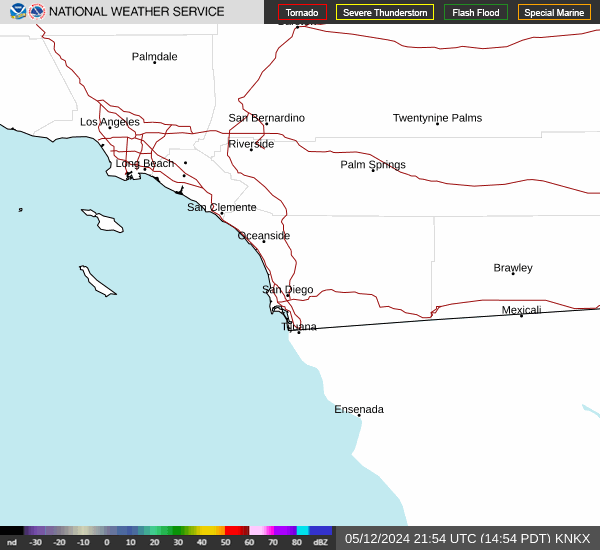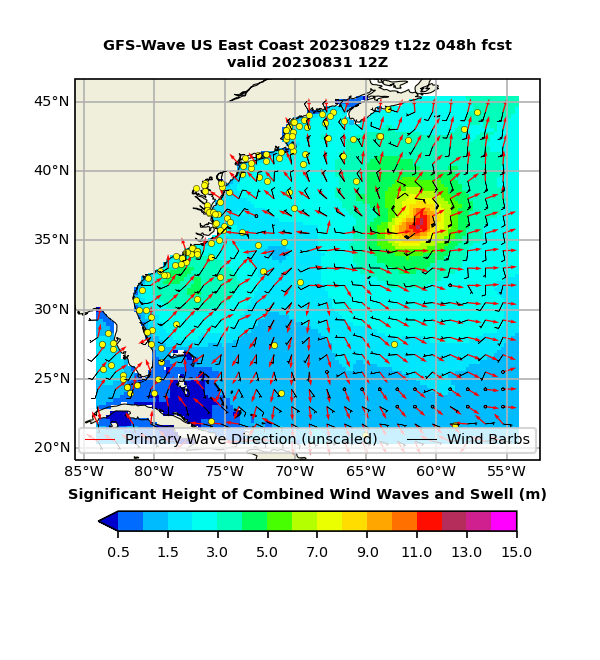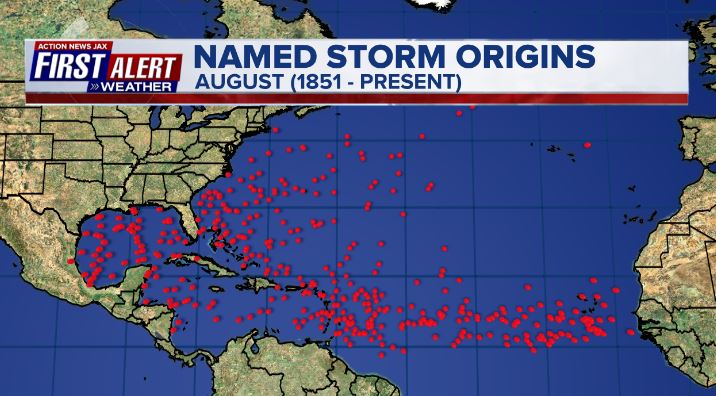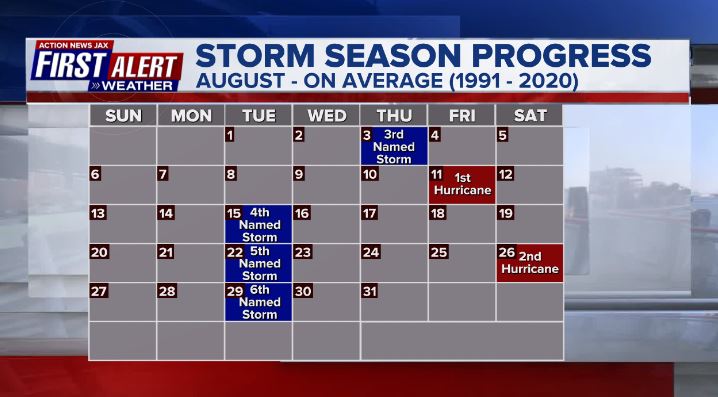Jacksonville, Fl. — The “Buresh Bottom Line”: Always be prepared!.....First Alert Hurricane Preparation Guide... City of Jacksonville Preparedness Guide... Georgia Hurricane Guide.
STAY INFORMED: Get the * FREE * First Alert Weather app
FREE NEWS UPDATES, ALERTS: Action News Jax app for Apple | For Android
WATCH “Preparing for the Storm”
WATCH “The Ins & Outs of Hurricane Season”
READ the First Alert Hurricane Center “Survival Guide”
LISTEN & WATCH “Surviving the Storm” - WOKV Radio & Action News Jax
***** ALWAYS CHECK & RE-CHECK THE LATEST FORECAST & UPDATES! *****
REMEMBER WHEN A TROPICAL STORM OR HURRICANE IS APPROACHING: Taping windows is *not* recommended & will not keep glass from breaking. Instead close curtains & blinds.
Realize the forecast cone (”cone of uncertainty”) is the average forecast error over a given time - out to 5 days - & *does not* indicate the width of the storm &/or where damage that might occur.
No direct impacts from the tropics for NE Fl./SE Ga. through the weekend into next week (a few “extra” showers Sunday from a tropical wave moving across S. Florida)...
Over the Atlantic:
Overall... wind shear is rather strong & the mid & upper level moisture is inconsistent & rather dry across a good part of the Central Atlantic. My point is that tropical waves & disturbances are generally going to struggle in the short term at least.
(1) a “lead” tropical wave ‘90-L’has emerged from disorganized storminess now nearing the Eastern Caribbean. This wave will move generally northwest crossing into the Caribbean & is likely to struggle over at least the next few days. Some long term development is possible as we get later into next week & beyond while meandering generally NW & a little N/NW.

(2) ‘99-L′ - over the Central Atlantic will slowly move to the W/NW & may slowly develop/organize. This system appears headed for the SW & Western Atlantic by the middle & end of next week as the wave slowly turns more northward.

(3) ‘98-L′ - over the Eastern Atlantic came off the coast of Africa Wed. This wave is showing signs of organization but is also likely turn more northward relatively early over the open Atlantic.

(4) a weak tropical wave north of Hispaniola will move across S. Florida Sunday then over the Gulf of Mexico early next week. Its swift movement to the west + interaction with the Fl. Peninsula should preclude significant development through at least early next week but surface low pressure may eventually form over the Western Gulf by the middle of next week. It’s possible this will be getting its act together upon approach to the southeast coast of Texas mid to late next week. At least an uptick in rainfall is possible for parts of parched Texas in about a week or so.


Check out the upper oceanic heat content (UOHC) [tropical cyclone heat potential/TCHP] across the SW Atlantic, Gulf & Caribbean. The warmth is very deep. But keep in mind warm ocean temps. alone doesn’t necessarily equate to a “big” hurricane season (need other ingredients & factors to be favorable too):

In the East Pacific... once powerful “Hilary” is moving N/NW & will make landfall on the Central & Northern Baja by Sunday. Though much weaker (much cooler water temps. + land interaction) by late Sunday into Monday upon approach to the south & southwest coast of California, there will still be a surge of tropical moisture northward into California, parts of Arizona, Utah & Nevada that will likely cause heavy rain & flash flooding. There will also be very rough seas & surf along the coast of Southern California &, of course, along the coast of the Baja.
For the first time in NHC’s history, a tropical storm WARNING has been posted from the California/Mexico border to Point Mugu, Catalina Island. Special & extra weather balloon launches will take place through the weekend. From the NHC: “Supplemental soundings (weather balloons) are being launched by much of the National Weather Service offices across the western U.S. This effort is highly appreciated as the data should help provide a better assessment of the environment and steering pattern ahead of Hilary.”
While at least somewhat similar storms has happened before, it is rare. Tropical storm “Kathleen” in 1976 brought very heavy rain to parts of California & a tropical storm in 1939 also brought very heavy rain & flooding to parts of California. Interestingly - & not likely coincidentally - both were during El Nino years (weak in ‘76 but strong in ‘39).












Water vapor loop (dark blue/yellow is dry mid & upper level air):


July tropical cyclone origins:
Averages below based on climatology for the Atlantic Basin for August:

Wind shear:




Saharan dust spreads west each year from Africa by the prevailing winds (from east to west over the Atlantic). Dry air - yellow/orange/red/pink. Widespread dust is indicative of dry air that can impede the development of tropical cyclones. However, sometimes “wanna’ be” waves will just wait until they get to the other side of - or away from - the plume then try to develop if other conditions are favorable. In my personal opinion, way too much is made about the presence of Saharan dust & how it relates to tropical cyclones. In any case, the peak of Saharan dust typically is in June & July.

2023 names..... “Emily” is the next name on the Atlantic list (names are picked at random by the World Meteorological Organization... repeat every 6 years). Historic storms are retired [Florence & Michael in ’18... Dorian in ’19 & Laura, Eta & Iota in ‘20, Ida in ‘21 & Fiona & Ian in ‘22]). In fact, this year’s list of names is rather infamous with “Katrina”, “Rita” & “Wilma” retired from the ‘05 list & “Harvey”, “Irma”,“Maria” & “Nate” from the ‘17 list. The WMO decided - beginning in 2021 - that the Greek alphabet will be no longer used & instead there will be a supplemental list of names if the first list is exhausted (has only happened three times - 2005, 2020 & 2021). The naming of tropical cyclones began on a consistent basis in 1953. More on the history of naming tropical cyclones * here *.





East Atlantic:





Mid & upper level wind shear (enemy of tropical cyclones) analysis (CIMMS). The red lines indicate strong shear:
Water vapor imagery (dark blue indicates dry air):

Deep oceanic heat content over the Gulf, Caribbean & deep tropical Atlantic. The brighter colors are expanding dramatically as we near the peak of the hurricane season.:

Sea surface temp. anomalies:


SE U.S. surface map:

Surface analysis centered on the tropical Atlantic:

Surface analysis of the Gulf:

Caribbean:

GFS wave forecast at 48 & 72 hours (2 & 3 days):


Atlantic Basin wave period forecast for 24, 48 & 72 hours respectively:



East/Central Pacific:
I wrote about “Hilary” near the top after the Atlantic waves. Elsewhere.....





West Pacific:

Global tropical activity:



Cox Media Group

:quality(70)/cloudfront-us-east-1.images.arcpublishing.com/cmg/JIFG55NSN5HKZK6LKEZ4C7UU5I.jpg)



:quality(70)/cloudfront-us-east-1.images.arcpublishing.com/cmg/SMNDFCD6BBDXNAYEI7VSPW2P44.jpeg)
:quality(70)/cloudfront-us-east-1.images.arcpublishing.com/cmg/SKX4RKW645ERTATCLA4V2FVRKQ.png)
:quality(70)/cloudfront-us-east-1.images.arcpublishing.com/cmg/4TQDXERT5VGORNZ4NQWXNO5H64.png)
:quality(70)/cloudfront-us-east-1.images.arcpublishing.com/cmg/VFGNOWDMQRFUNDZYHRTIPEQYYQ.jpg)
:quality(70)/cloudfront-us-east-1.images.arcpublishing.com/cmg/V7JDMMD6JJEEHIL6C7OSLV3ABU.png)
:quality(70)/cloudfront-us-east-1.images.arcpublishing.com/cmg/JZ6PJAXWC5BPK2FLASCIV3O4DY.jpg)
:quality(70)/cloudfront-us-east-1.images.arcpublishing.com/cmg/DRRU24DOYN3YUYQ2J7VZ6IZMVI.jpg)
:quality(70)/cloudfront-us-east-1.images.arcpublishing.com/cmg/JYZT4L7X6G7BXKOOD727PDIVZY.jpg)
:quality(70)/cloudfront-us-east-1.images.arcpublishing.com/cmg/4YN5T3MZEBQSIKSVBJEBAO2G2Q.jpg)
